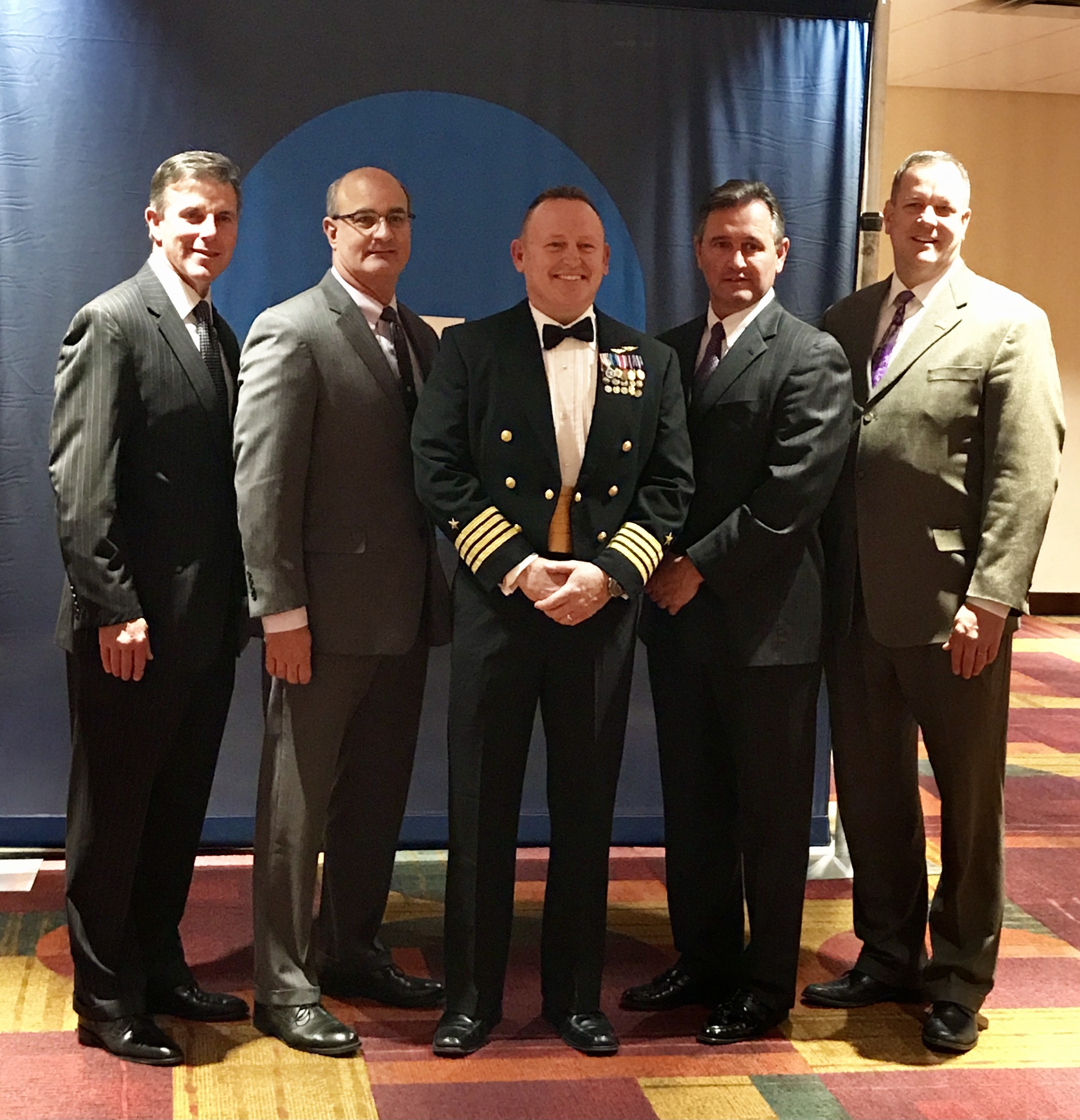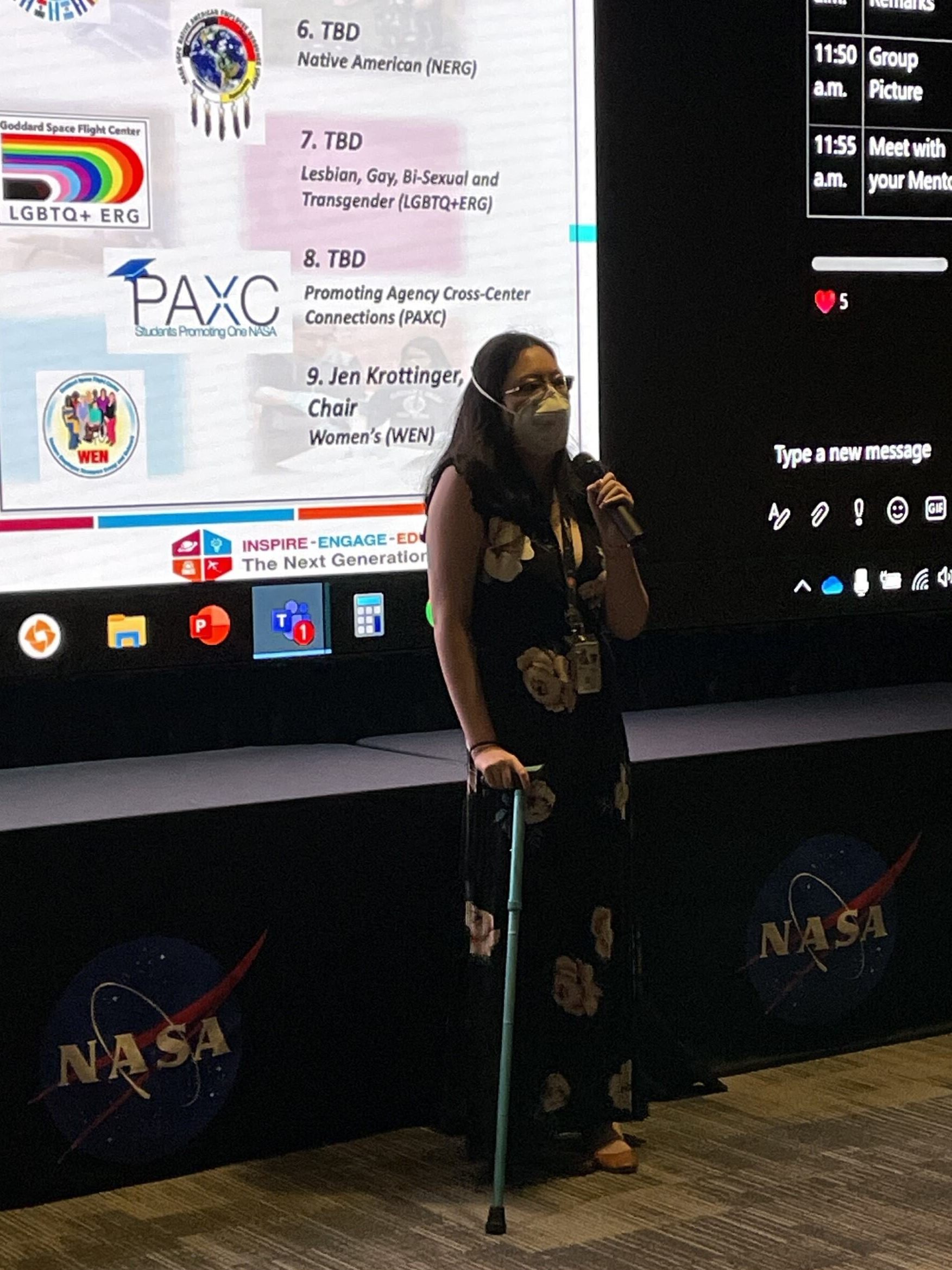12 min read
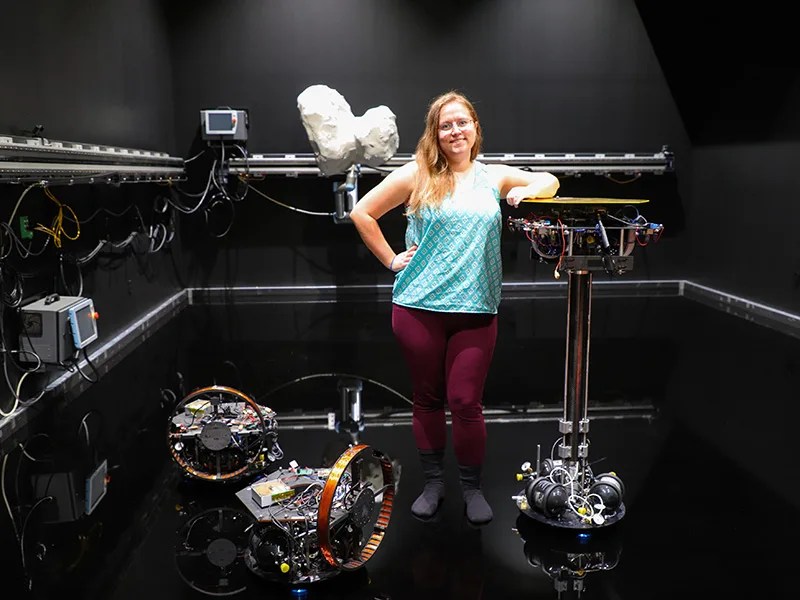
Becca Foust looks as if she’s literally in space – or, at least, on a sci-fi movie set. She’s surrounded by black, except for the brilliant white comet model suspended behind her. Beneath the socks she donned just for this purpose, the black floor reflects the scene like perfectly still water across a lake as she describes what happens here: “We have five spacecraft simulators that ‘fly’ in a specially designed flat-floor facility,” she says. “The spacecraft simulators use air bearings to lift the robots off the floor, kind of like a reverse air hockey table. The top part of the spacecraft simulators can move up and down and rotate all around in a similar way to real satellites.” It’s here, in this test bed on the Caltech campus, that Foust is testing an algorithm she’s developing to autonomously assemble and disassemble satellites in space. “I like to call it space K’nex, like the toys. We're using a bunch of component satellites and trying to figure out how to bring all of the pieces together and make them fit together in orbit,” she says. A NASA Space Technology Research Fellow, who splits her time between Caltech and JPL, working with Soon-Jo Chung and Fred Hadaegh, respectively, Foust is currently earning her Ph.D. at the University of Illinois at Urbana-Champaign. She says of her fellowship, “I hope my research leads to smarter, more efficient satellite systems for in-space construction and assembly.”
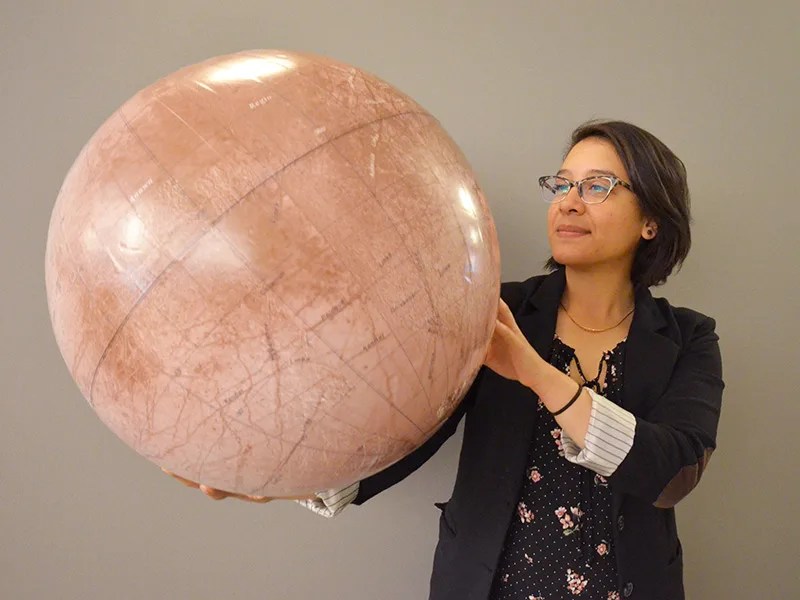
Three years ago, math and science were just subjects Kathy Vega taught her students as part of Teach for America. Vega, whose family emigrated from El Salvador, was the first in her family to go to college. She had always been interested in space and even dreamed about being an astronaut one day, but earned a degree in political science so she could get involved in issues affecting her community. But between teaching and encouraging her family to go into science, It was only a matter of time before she realized just how much she wanted to be in the STEM world herself. Now an intern at JPL and in the middle of earning a second degree, this time in engineering physics, Vega is working on an experiment that will help scientists search for life beyond Earth. “My project is setting up an experiment to simulate possible ocean compositions that would exist on other worlds,” says Vega. Jupiter’s moon Europa and Saturn’s moon Enceladus, for example, are key targets in the search for life beyond Earth because they show evidence of global oceans and geologic activity. Those factors could allow life to thrive. JPL is already building a spacecraft designed to orbit Europa and planning for another to land on the icy moon’s surface. “Eventually, [this experiment] will help us prepare for the development of landers to go to Europa, Enceladus and another one of Saturn’s moons, Titan, to collect seismic measurements that we can compare to our simulated ones,” says Vega. “I feel as though I'm laying the foundation for these missions.”
Read the full Q&A with Vega to find out what inspired her to switch career trajectories and how her project is furthering the search for life beyond Earth.
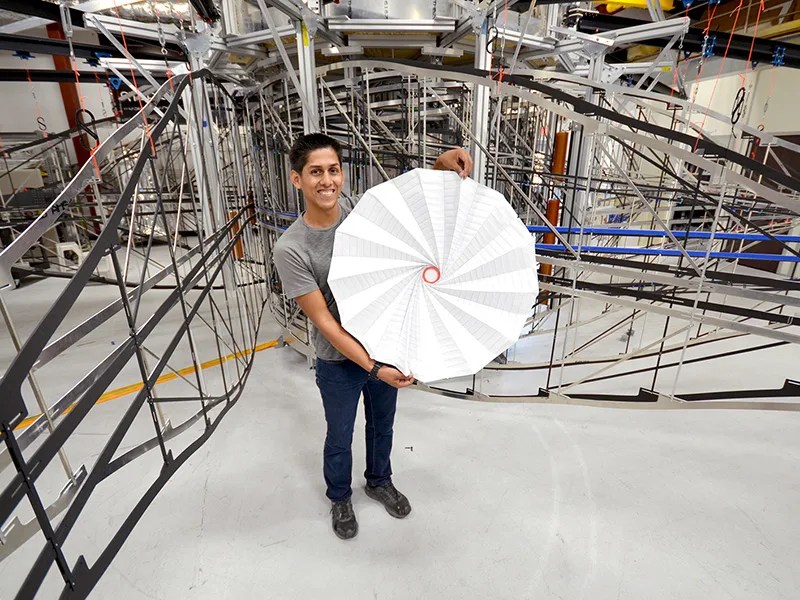
“Origami is going to space now? This is amazing!” Chris Esquer-Rosas had been folding – and unfolding – origami since the fourth grade, carefully measuring the intricate patterns and angles produced by the folds and then creating new forms from what he’d learned. “Origami involves a lot of math. A lot of people don't realize that. But what actually goes into it is lots of geometric shapes and angles that you have to account for,” says Esquer-Rosas. Until three years ago, the computer engineering student at San Bernardino College had no idea that his origami hobby would turn into an internship opportunity at JPL. That is, until his long-time friend, fellow origami artist and JPL intern Robert Salazar connected him with the Starshade project. Starshade has been proposed as a way to suppress starlight that would otherwise drown out the light from planets outside our solar system so we can characterize them and even find out if they’re likely to support life. Making that happen requires some heavy origami – unfurling a precisely-designed, sunflower-shaped structure the size of a baseball diamond from a package about half the size of a pitcher’s mound. It’s Esquer-Rosas’ project this summer to make sure Starshade’s “petals” unfurl without a hitch. Says Esquer-Rosas, “[The interns] are on the front lines of testing out the hardware and making sure everything works. I feel as though we're contributing a lot to how this thing is eventually going to deploy in space.”
Read the full Q&A with Esquer-Rosas to find out how he’s putting his origami skills to use and what got him folding in the first place.
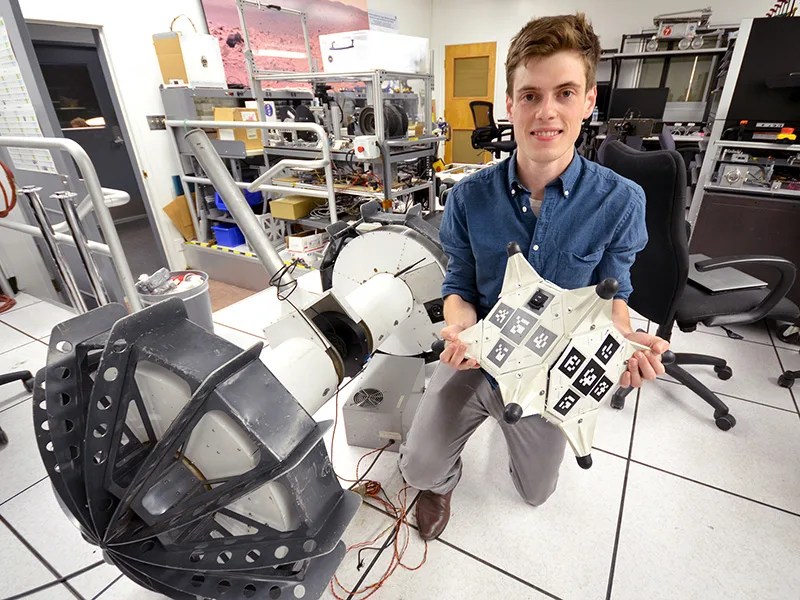
Wheeled rovers may be the norm on Mars, but Sawyer Elliott thinks a different kind of rolling robot could be the Red Planet explorer of the future. This is Elliott’s second year as a fellow at JPL, researching the use of a cube-shaped robot for maneuvering around extreme environments, like rocky slopes on Mars or places with very little gravity, like asteroids. A graduate student in aerospace engineering at Cornell University, Elliott spent his last stint at JPL developing and testing the feasibility of such a rover. “I started off working solely on the rover and looking at can we make this work in a real-world environment with actual gravity,” says Elliott. “It turns out we could.” So this summer, he’s been improving the controls that get it rolling or even hopping on command. In the future, Elliott hopes to keep his research rolling along as a fellow at JPL or another NASA center. “I'm only getting more and more interested as I go, so I guess that's a good sign,” he says.
Read the full Q&A with Elliott to see what inspired him to go into aerospace engineering and where he most wants to travel in space.
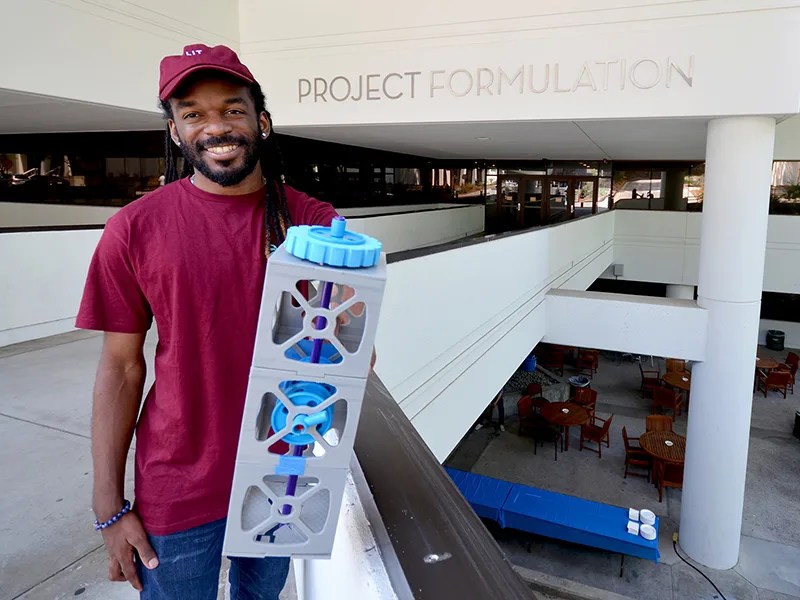
Before the countdown to launch or the assembling of parts or the gathering of mission scientists and engineers, there are people like Joshua Gaston who are helping turn what’s little more than an idea into something more. As an intern with JPL’s project formulation team, Gaston is helping pave the way for a mission concept that aims to send dozens of tiny satellites, called CubeSats, beyond Earth’s gravity to other bodies in the solar system. “This is sort of like step one,” says Gaston. “We have this idea and we need to figure out how to make it happen.” Gaston’s role is to analyze whether various CubeSat models can be outfitted with the needed science instruments and still make weight. Mass is an important consideration in mission planning because it affects everything from the cost to the launch vehicle to the ability to launch at all. Gaston, an aerospace engineering student at Tuskegee University, says of his project, “It seems like a small role, but at the same time, it's kind of big. If you don't know where things are going to go on your spacecraft or you don't know how the spacecraft is going to look, it's hard to even get the proposal selected.”
Read the full Q&A with Gaston to learn how he hopes to play a role in the CubeSat wave of the future and what it’s like to spitball ideas with rocket scientists.
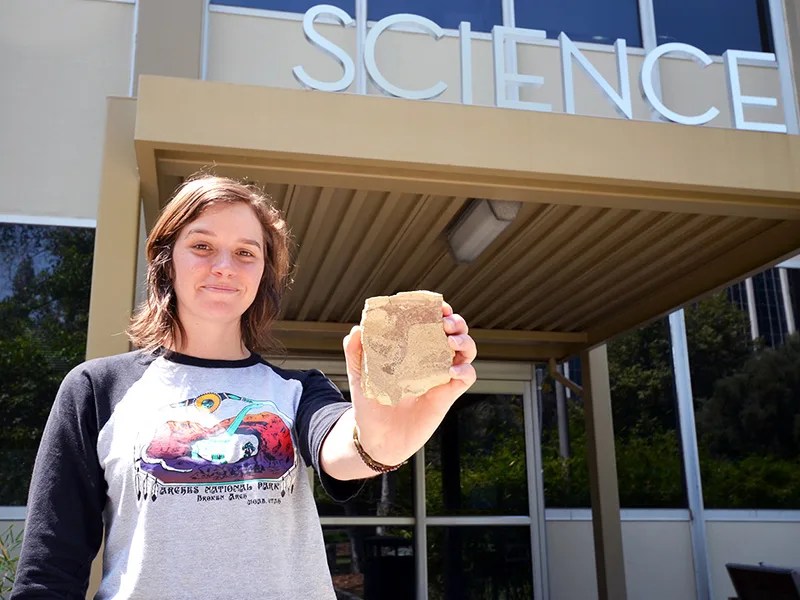
By putting tiny samples of fossils barely visible to the human eye through a chemical process, a team of JPL scientists is revealing details about organisms that left their mark on Earth billions of years ago. Now, they have set their sights on studying the first samples returned from Mars in the future. But searching for signatures of life in such a rare and limited resource means the team will have to get the most science they can out of the smallest sample possible. That’s where Amanda Allen, an intern working with the team in JPL’s Astrobiogeochemistry, or abcLab, comes in. “Using the current, state-of-the-art method, you need a sample that’s 10 times larger than we’re aiming for,” says Allen, an Earth science undergraduate at the University of California, San Diego, who is doing her fifth internship at JPL. “I’m trying to get a different method to work.” Allen, who was involved in theater and costume design before deciding to pursue Earth science, says her “superpower” has always been her ability to find things. “If there’s something cool to find on Mars related to astrobiology, I think I can help with that,” she says.
Read the full Q&A with Allen to learn how she’s helping get big science from the tiniest fossils and finding ways to combine her passions for art and science.
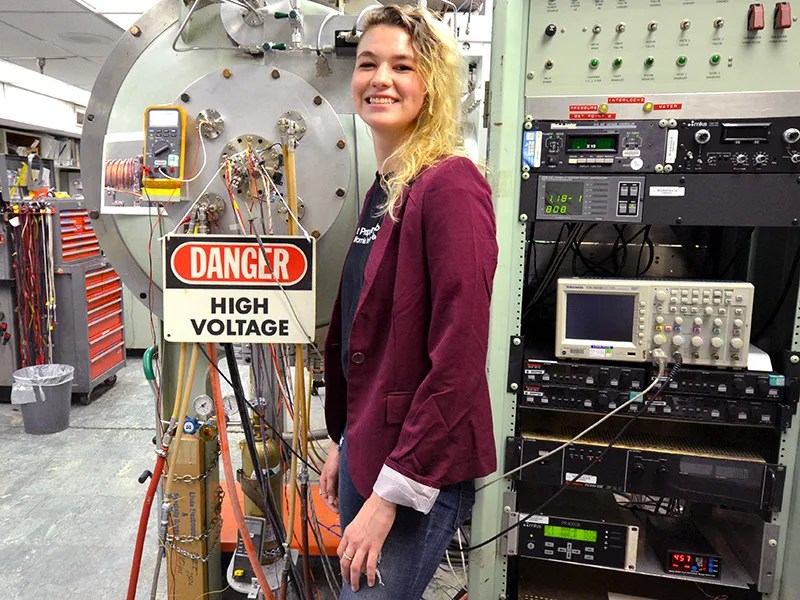
If everything goes as planned and a thruster like the one Camille V. Yoke is working on eventually helps send astronauts to Mars, she’ll probably be first in line to play the Mark Watney role. “I'm a fan of the Mark Watney style of life [in “The Martian”], where you're stranded on a planet somewhere and the only thing between you and death is your own ability to work through problems and engineer things on a shoestring,” says Yoke. A physics major at the University of South Carolina, Yoke is interning with a team that’s developing a next-generation electric thruster designed to accelerate spacecraft more efficiently through the solar system. “Today there was a brief period in which I knew something that nobody else on the planet knew – for 20 minutes before I went and told my boss,” says Yoke. “You feel like you're contributing when you know that you have discovered something new.”
Read the full Q&A with Yoke to find out how she’s shaping the future of electric propulsion and why she’s a fan of applied physics.
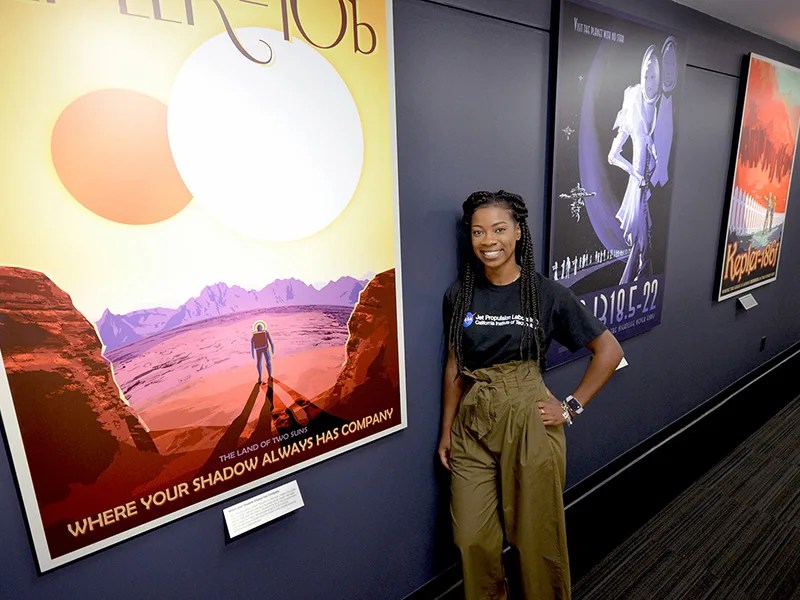
Without the option to travel thousands or even tens of light-years from Earth in a single lifetime, scientists hoping to discover signs of life on planets outside our solar system, called exoplanets, are instead creating their own right here on Earth. This is Tre’Shunda James’ second summer simulating alien worlds as an intern at JPL. Using an algorithm developed by her mentor, Renyu Hu, James makes small changes to the atmospheric makeup of theoretical worlds and analyzes whether the combination creates a habitable environment. “This model is a theoretical basis that we can apply to many exoplanets that are discovered,” says James, a chemistry and physics major at Occidental College in Los Angeles. “In that way, it's really pushing the field forward in terms of finding out if life could exist on these planets.” James, who recently became a first-time co-author on a scientific paper about the team’s findings, says she feels as though she’s contributing to furthering the search for life beyond Earth while also bringing diversity to her field. “I feel like just being here, exploring this field, is pushing the boundaries, and I'm excited about that.”
Read the full Q&A with James to find out what brought her to JPL and how her project is setting the stage for the search for life beyond our solar system.
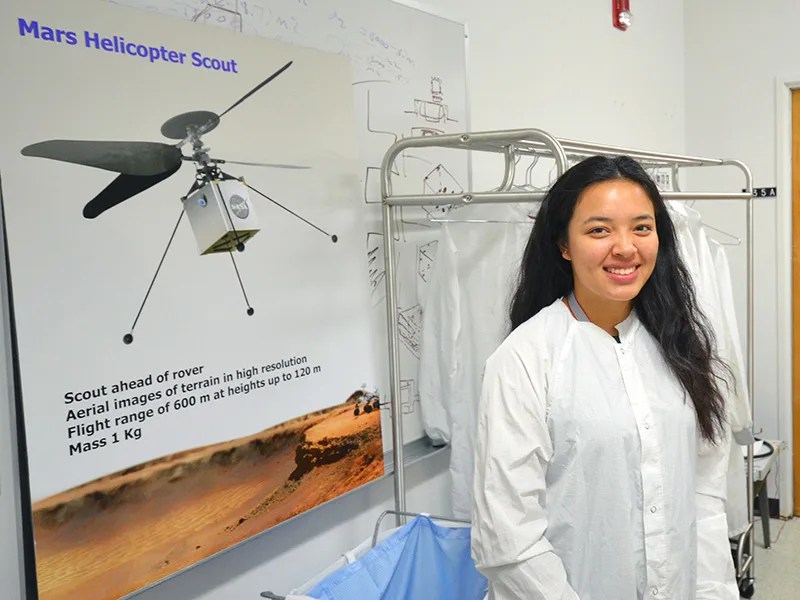
Chloeleen Mena’s role on the Mars Helicopter project may be small, but so is the helicopter designed to make the first flight on the Red Planet. Mena, an electrical engineering student at Embry-Riddle Aeronautical University, started her JPL internship just days after NASA announced that the helicopter, which had been in development at JPL for nearly five years, would be going to the Red Planet aboard the Mars 2020 rover. This summer, Mena is helping test a part needed to deploy the helicopter from the rover once it lands on Mars, as well as writing procedures for future tests. “Even though my tasks are relatively small, it's part of a bigger whole,” she says.
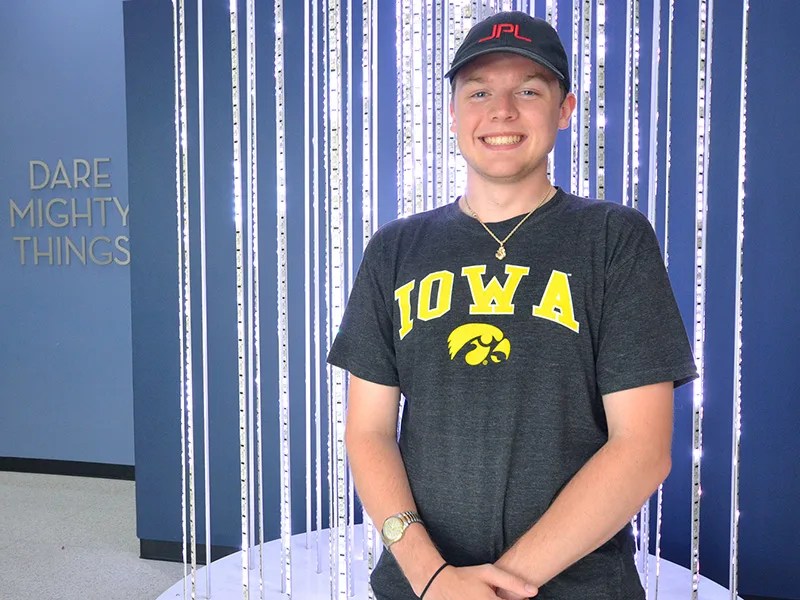
In the 2020s, NASA is planning to send a spacecraft to the next frontier in the search for life beyond Earth: Jupiter’s moon Europa. Swathed in ice that’s intersected by deep reddish gashes, Europa has unveiled intriguing clues about what might lie beneath its surface – including a global ocean that could be hospitable to life. Knowing for sure hinges on a radar instrument that will fly aboard the Europa Clipper orbiter to peer below the ice with a sort of X-ray vision and scout locations to set down a potential future lander. To make sure everything works as planned, JPL intern Zachary Luppen is creating software to test key components of the radar instrument. “Whatever we need to do to make sure it operates perfectly during the mission,” says Luppen. In addition to helping things run smoothly, the astronomy and physics major says he hopes to play a role in answering one of humanity’s biggest questions. “Contributing to the mission is great in itself,” says Luppen. “But also just trying to make as many people aware as possible that this science is going on, that it's worth doing and worth finding out, especially if we were to eventually find life on Europa. That changes humanity forever!”
Read the full Q&A with Luppen to learn more about how he’s helping the team peer below Europa’s surface and hear about his recent brushes with space stardom.

